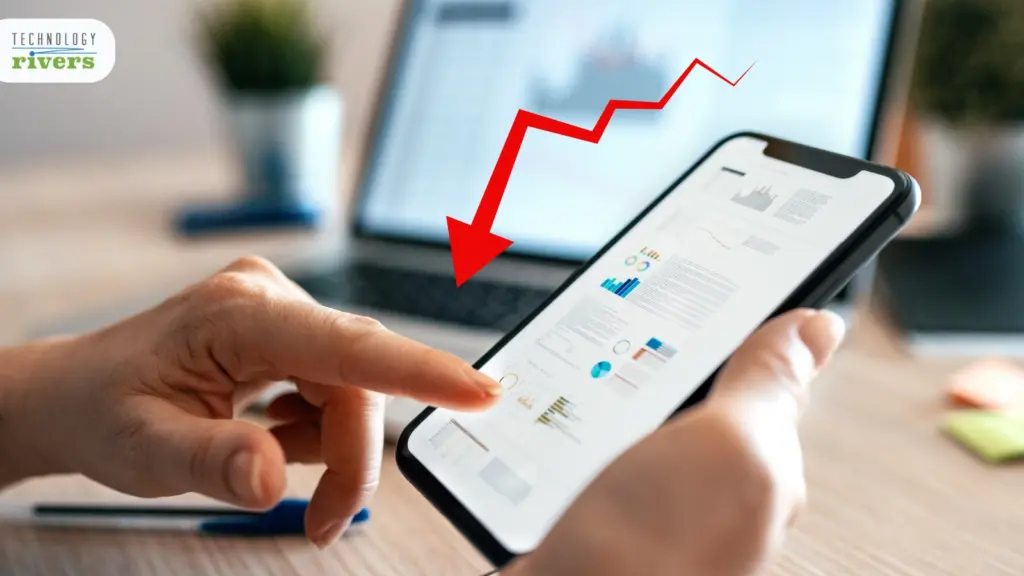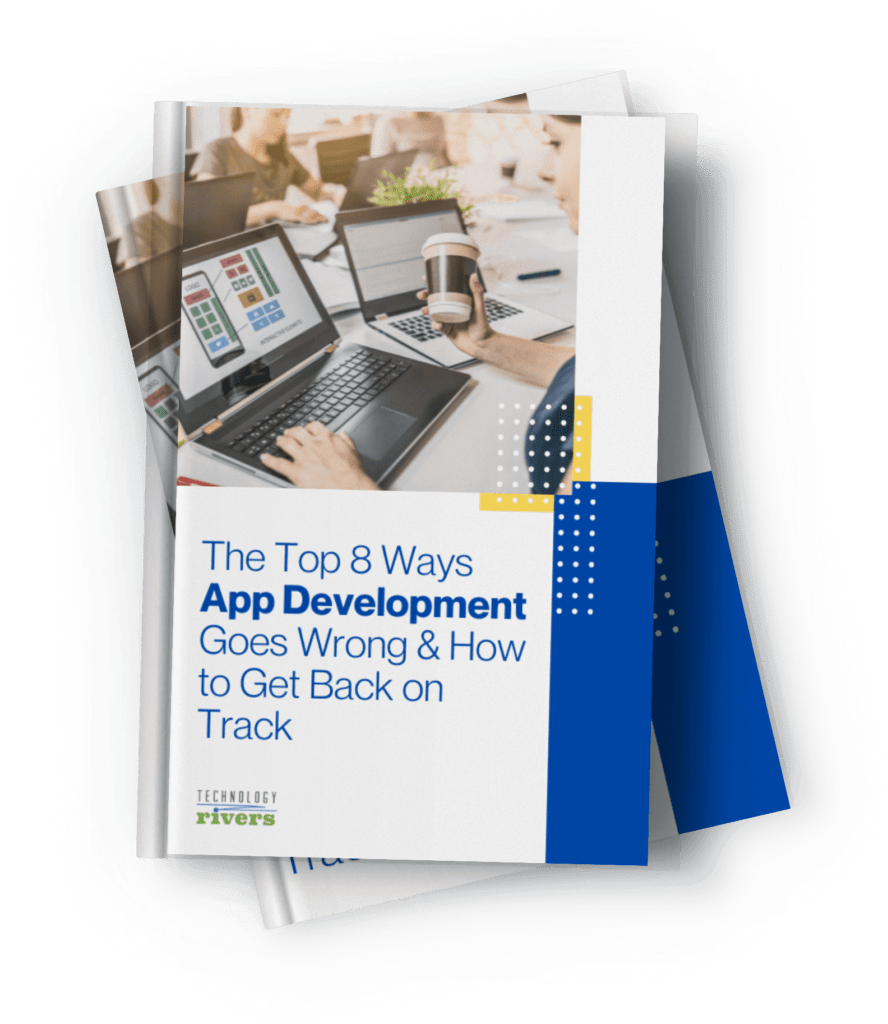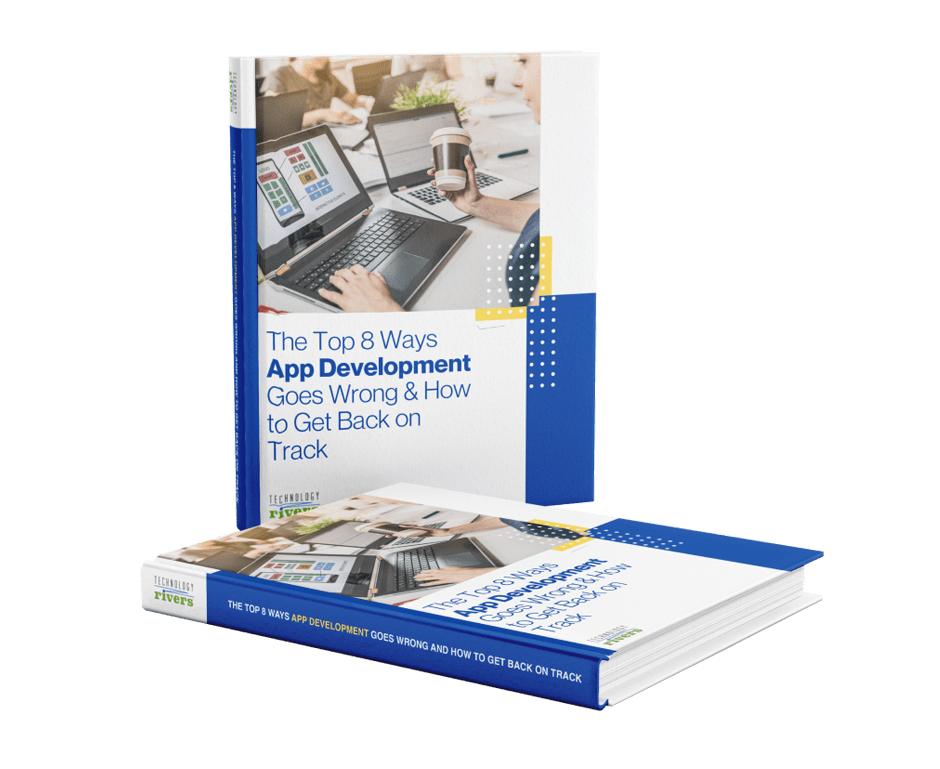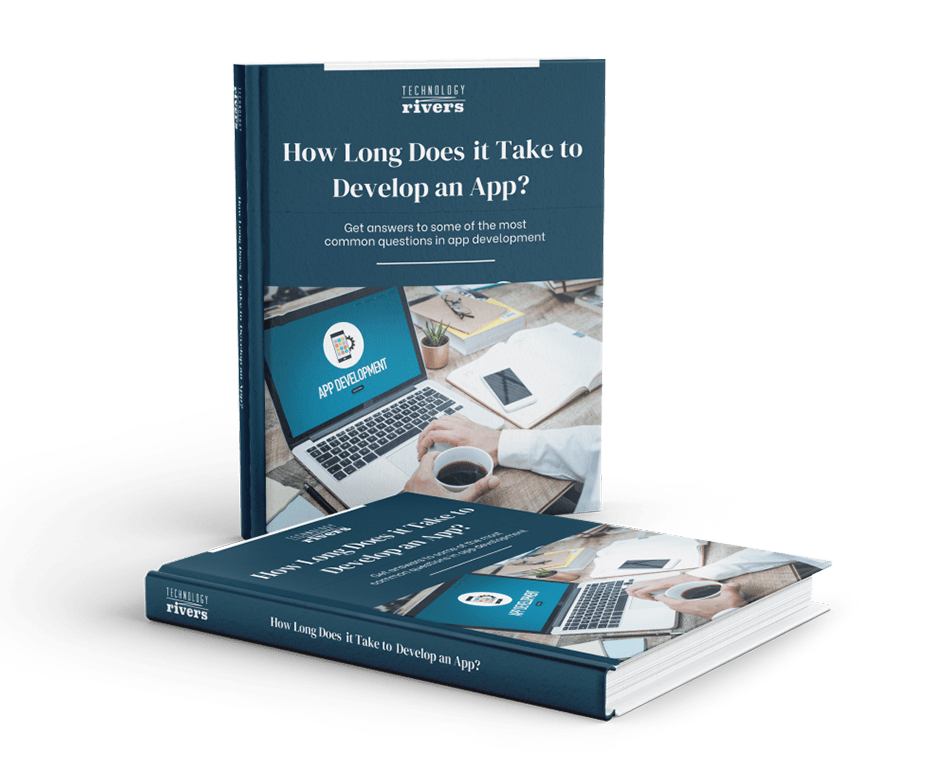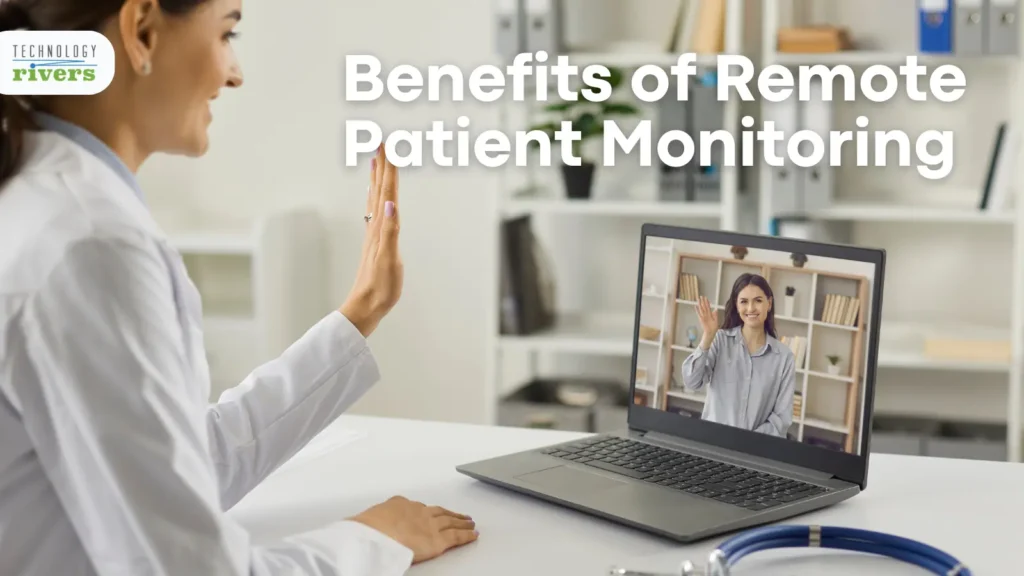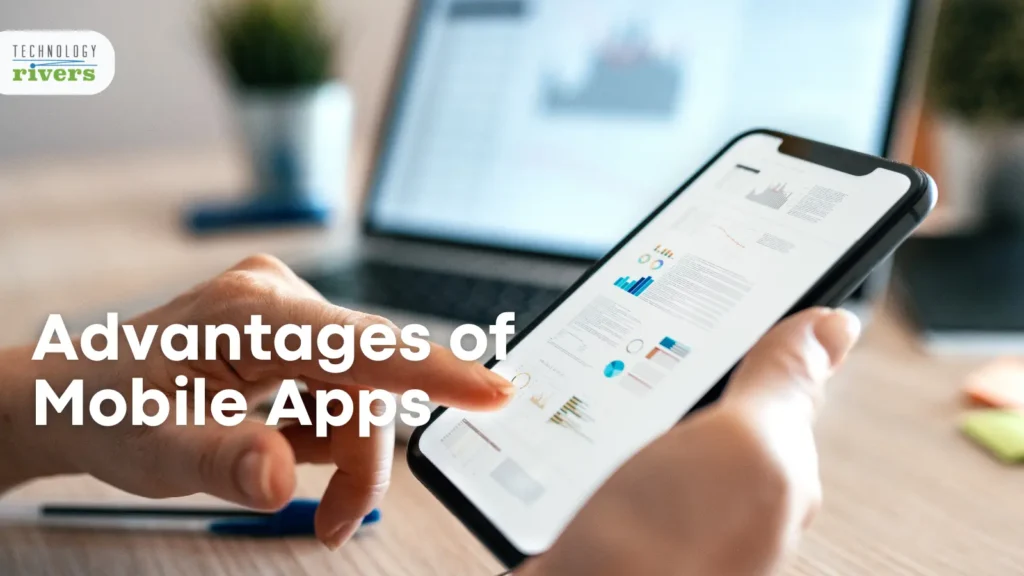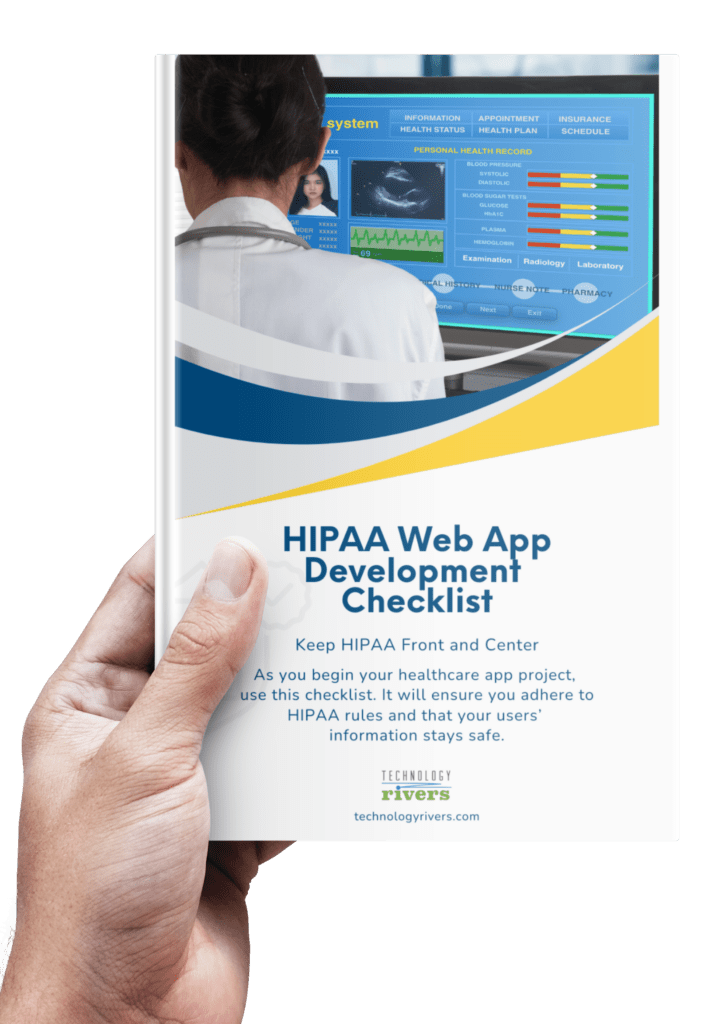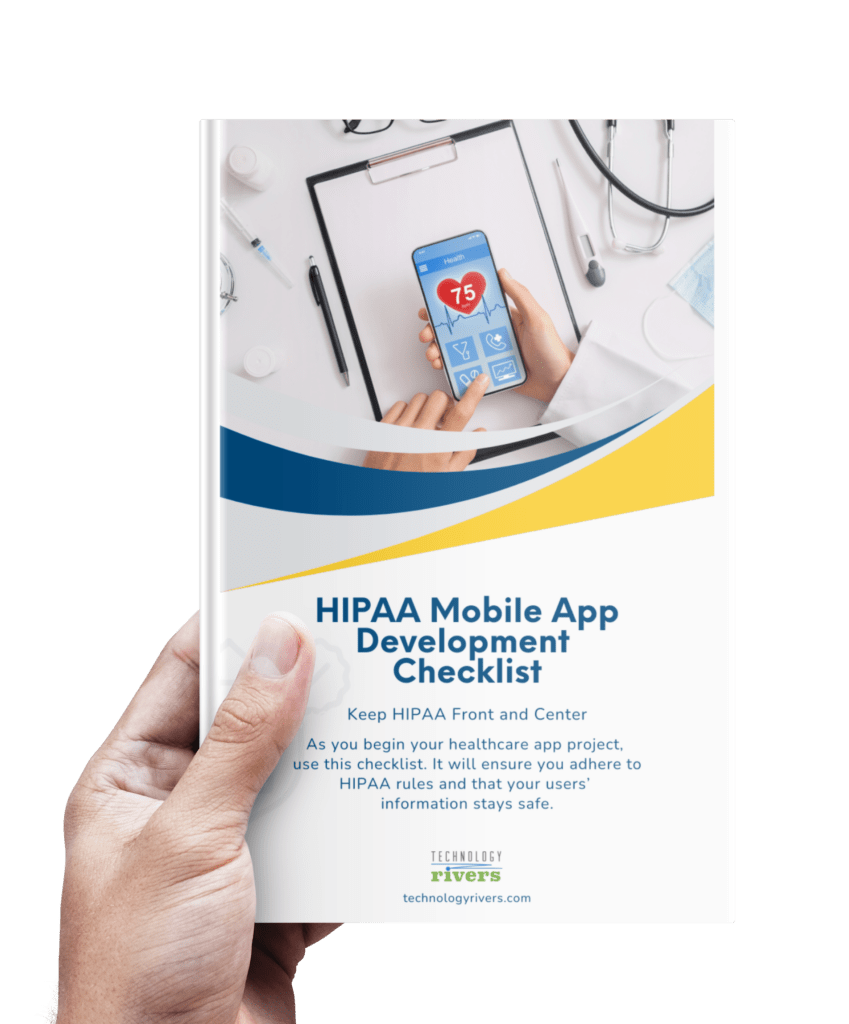Creating a healthcare app isn’t as simple as writing code and expecting praise from doctors, nurses, and patients. If you believe the success or failure of a healthcare app hinges solely on the quality of the code, you’re setting yourself up for failure from the get-go.
The marketplace increasingly relies on digital healthcare solutions, saturating it with apps that promise to transform healthcare as we know it. But let’s be honest: many of these apps sputter out and die before they even get a chance to shine. What’s the culprit? More often than not, it’s a host of overlooked factors that serve as the app’s kiss of death.
Market Research and Understanding User Needs
Any conversation about a failed product or service, digital or not, begins and ends with market research. Or, in many cases, a lack thereof. Many developers and business owners invest time and resources without asking a simple question: Does anyone need or want this idea?
Asking your roommate or your mom doesn’t count. We’re talking about in-depth market research into who the target audience actually is:
- Who are the end-users?
- What problems do they have that your app can solve?
- Are existing solutions inadequate?
Skipping this step creates a disconnect between what developers think users need and what they actually need.
Furthermore, superficial market research is as disastrous as no market research. If you don’t ask the right questions or understand user needs and problems, your plans will be unstable. And it will collapse.
Regulatory Compliance
If you work in healthcare and the term “HIPAA” doesn’t make you uneasy, you need to be more attentive. In the U.S. alone, failing to meet HIPAA guidelines can result in catastrophic legal effects.
But it’s not just about HIPAA. You may need to comply with different regulations depending on your location. In Europe, you will have to deal with GDPR. In Canada, you will have to deal with PIPEDA.
There may also be other important regulations that you need to consider. The labyrinthine landscape of healthcare regulations requires more than just a cursory glance. A failure to navigate this maze not only kills the app but can also spell doom for the business itself.
Data Security and Privacy Concerns
Data breaches and healthcare have a more intimate relationship than we’d like to admit. When developing a healthcare app, overlooking the scope and importance of data security can lead to catastrophic failures.
Remember, you’re dealing with sensitive medical data — perhaps even a user’s medical record or mental health history. A data breach can harm patient privacy, result in legal action, and destroy the credibility and trust of your app. If users feel any security issues, they will leave, and you can’t blame them for it.

Poor User Experience and Interface Design
No one will use an app that feels like a test with all the wrong answers.
The design isn’t about what color scheme you use or how cool your app icon looks. Sure, aesthetics matter, but what’s more crucial is the functional design. If your customers can’t find the login button, it doesn’t matter how advanced your app is. You have already lost.
The narrative needs to be simple: Open the app, achieve the objective, and leave satisfied. Anything beyond this simple narrative is excess fluff that dilutes the user experience.
Remember, every added click is a chance for users to bail. “Three-click rule” isn’t just a catchy phrase; it’s a principle. The three-click rule says that if users can’t achieve their goal in three clicks or less, they will leave. That’s how razor-thin your margin for error is.
But hey, it’s not all gloom and doom. Here’s the silver lining: Good UI/UX design is a function of understanding human behavior. I’m talking about A/B testing, user feedback loops, and iterative design cycles.
If a feature isn’t working as planned, pivot. If users are not engaging with a particular tool, find out why and fix it. Digital platforms offer beauty in their flexibility—you can constantly refine and optimize them.
So the message is clear. If your healthcare app feels like a maze, don’t expect people to stick around to find the exit. Streamline the user journey, cut the clutter, and prioritize objectives. Fail to do this, and you’re not building a healthcare solution; you’re constructing a digital labyrinth.

Interoperability Issues
Okay, so you’ve designed this incredible app. It looks good, feels great, and performs exactly as intended. You’re ready to step into the healthcare coliseum, right?
Wrong. Here’s where the term ‘interoperability’ kicks in, and no, it’s not some obscure medical condition.
In healthcare, you are not working in a vacuum; you’re entering an existing ecosystem. Healthcare providers have their systems—EHRs, billing, scheduling, and patient portals—and your app needs to fit into that puzzle seamlessly. Being a new student is like finding a seat in the lunchroom. You can’t sit anywhere, you have to find a table with an open seat.
If a healthcare provider finds that your app doesn’t work well with their EHR system, they will reject it quickly.
But let’s unpack this a bit. Why is interoperability such a big deal? Because healthcare is a data-heavy industry. You must carefully record and store every patient visit, diagnosis, and treatment plan.
And this isn’t just for fun—lives are literally at stake here.
So when your app doesn’t play nice with the existing data stores, you are essentially creating an island of information. Islands are nice for vacations, not so much for integrated healthcare solutions.
However, the good news is that interoperability isn’t a pipe dream; it’s entirely achievable. This is where APIs (Application Programming Interfaces) and FHIR (Fast Healthcare Interoperability Resources) standards come into play.
These words are not just trendy in technology. They are the tools that can help your app work well with others. They are important in this complex field.
Your app should not be separate but should work with and improve the healthcare system that already exists. Anything less than that, and you’re setting yourself up for failure.
Many healthcare apps fail before they succeed. This is due to a lack of understanding of UI/UX design and interoperability.
This detailed exploration aims to help you understand the reasons behind these failures. It’s the silent killers, the often overlooked aspects, that can make or break your app. Forget these at your peril.
Lack of Clinical Validation
You can’t base your healthcare app on mere conjecture or assumptions. You must ground it in evidence-based practices. Physicians and healthcare providers look for clinical validation before adding any app into their practice.
Lack of clinical validation is a fast track to oblivion. In order for your app to gain the trust of medical professionals, it must provide accurate and valid information. This is true even if the app is well-designed and user-friendly.
Inadequate Funding and Monetization Strategy
Developing a healthcare app is not a garage project. It needs substantial financial backing to navigate through the complexities of compliance, user engagement, and ongoing support. Many apps falter because they overlook the financial investment required for these essential elements.
Furthermore, a monetization strategy needs to be in place. How will the app generate revenue? If the monetization strategy is unclear or ill-defined, the long-term sustainability of the app becomes questionable.

Poor Marketing and Customer Engagement
Marketing is important for your app’s success. Plan it carefully from the beginning, don’t treat it as an afterthought. Your marketing needs to go beyond Google ads and Facebook banners. It should reach healthcare professionals and potential end-users on industry-specific channels.
Consider attending healthcare conferences. Use LinkedIn to connect with important people in the industry. Host webinars on topics that your app addresses.
Market segmentation is also pivotal. The marketing strategies to target hospital administrators should be different from those for physicians or patients.
Then there’s the issue of user engagement. Even if you’ve managed to acquire users, how do you retain them? You cannot overstate the power of customer reviews and user testimonials. These aren’t just cherry-on-top features but crucial building blocks of your app’s reputation.
Moreover, referrals offer a high level of credibility. If a physician recommends your app to a patient or another physician, that word-of-mouth marketing is gold. To encourage this, think about including a referral program within the app.
Offering small rewards to users who recommend your app can significantly increase your user base and enhance customer experience. You can achieve this without requiring a substantial budget.
However, one frequent pitfall is neglecting to measure engagement metrics. We’re talking about session lengths, active users, abandonment rates, and lifetime value. Ignoring these numbers is like sailing a ship with your eyes covered. You may be fine for a bit, but eventually, disaster will strike.
Lack of Post-Launch Support
Launching the app is not the endgame; it’s more like halftime. You’ve built something, and people are using it—that’s great. But what happens when they encounter a problem? The rate at which you respond to these issues can make or break your app’s reputation.
A common mistake is to overlook the workload that comes with providing ongoing support. Setting up a robust customer support system isn’t optional. You’ll need to invest in both human resources and technology. Artificial Intelligence-driven support bots can handle minor issues, freeing up your human resources to tackle more complex queries.
Regular updates are another cornerstone of post-launch support. This isn’t just about bug fixes but also about collecting feedback. Then adding new features based on user feedback and emerging healthcare guidelines. Transparency is key here; keep your user base informed about what updates are coming and when.
Flexibility is the final frontier. The healthcare industry is in a constant state of flux. Your app must keep pace with frequently updated medical guidelines.
A static app is a dead app. Being agile and adaptive in your development process isn’t just a good-to-have quality; it’s a necessity for survival.
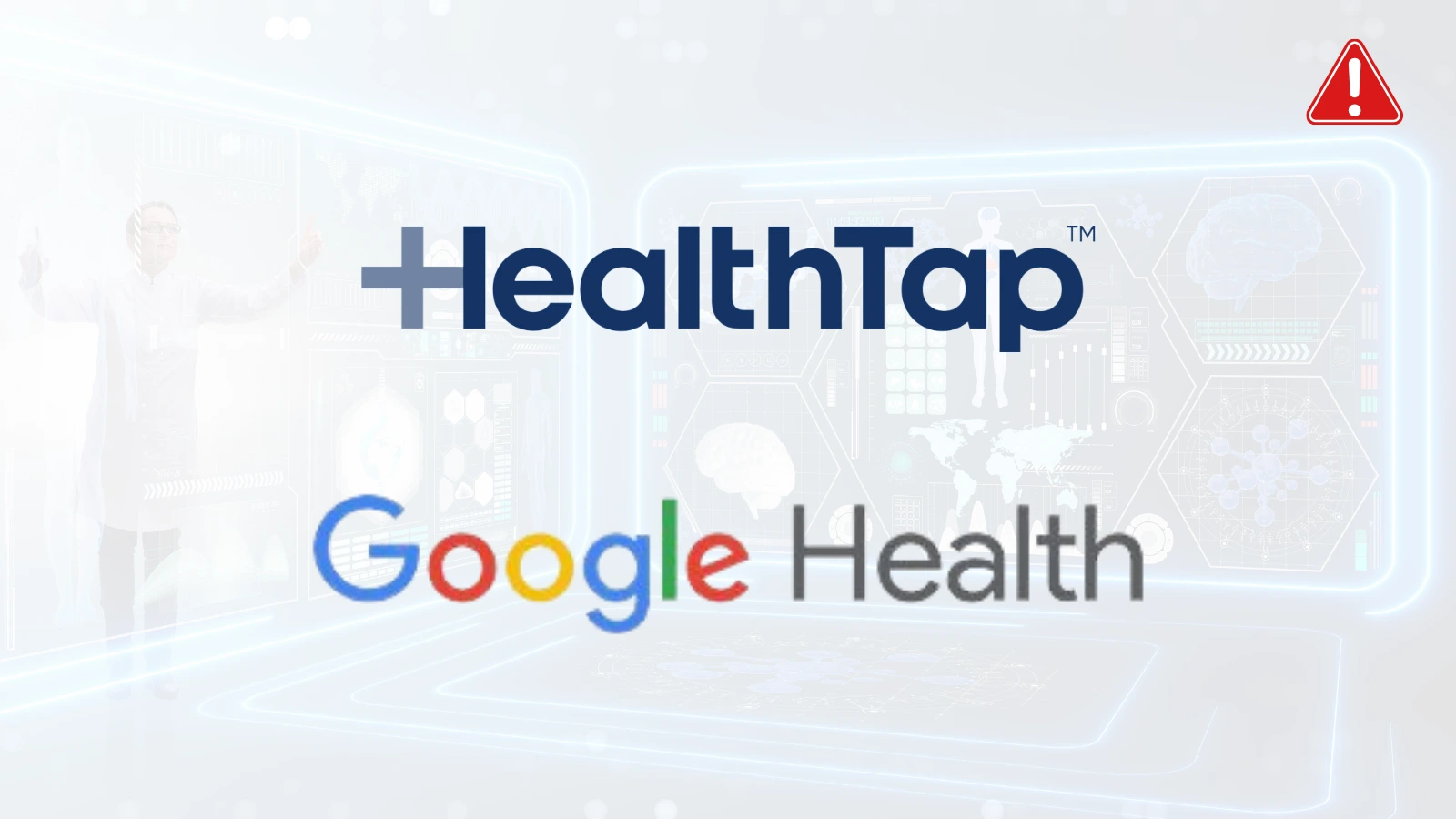
Case Studies
Delving deeper into real-world examples adds a layer of credibility to our discussion. Take Google Health, for instance. Launched with massive fanfare, it aimed to centralize personal health records.
However, it overlooked one critical factor: interoperability. Physicians found it cumbersome to integrate the Google Health platform with their existing EHR systems, resulting in its eventual downfall.
Another cautionary tale is that of HealthTap. Despite an impressive range of features and a visually appealing interface, it suffered from an unclear monetization strategy. Coupled with poor user engagement, it couldn’t sustain its initial momentum and faded into obscurity.
These apps reveal both individual and systemic problems in how developers create and sell healthcare apps.
To Wrap it Up
Building a healthcare app is a Herculean task that requires more than just stellar coding skills. It’s a multi-faceted endeavor that requires a deep understanding of the healthcare ecosystem, user needs, regulatory frameworks, and much more.
Healthcare is complicated, so making an app to simplify or improve any aspect of it is extremely difficult. To ensure the success of your healthcare app, you need to incorporate various elements. These elements include market need, regulations, user engagement, support, and more. By combining these factors, you can create a functional and user-friendly package.
When creating a healthcare app, it’s crucial to consider the people involved, like patients, healthcare providers, and regulators. Ignoring them can have disastrous consequences. People are not just end-users; they are stakeholders in your app. Ignoring their needs, preferences, or concerns is tantamount to constructing your own failure.
To avoid being a failed healthcare app, build a complete solution that can handle real-world challenges, not just an app. After all, if your app is going to transform healthcare, it has to do more than just function. It has to excel, adapt, and endure.
Don’t Just Build — Build Right
If you’ve come this far, it’s clear that you’re serious about starting a healthcare app. It’s also clear that you’re serious about ensuring its clear success. Look, the market is chock-full of healthcare apps that had promise but sank faster than the Titanic. But unlike the Titanic, you have the opportunity to see the icebergs in advance and steer clear.
The reality is straightforward: a healthcare app is more than its code. You’re not making a calculator; you’re making a tool that could transform a highly complex, regulated, and essential industry. If you’re willing to enter this arena, you better bring more than just a knife to a gunfight.
The good news? You don’t have to do it alone.
At Technology Rivers, we specialize in transforming your groundbreaking ideas into reality. And we don’t just build apps; we build end-to-end solutions.
We craft top-notch UI/UX design through rigorous testing and a thorough understanding of user behavior. We’re talking about ironclad security and compliance measures that’ll make even the most stringent regulators nod in approval. We’re talking about creating apps that not only work but excel, adapt, and most importantly, endure.
Look, you’ve got the vision—that’s why you’re here. To make your app a market leader, you need a partner who has technical expertise and industry insight. It’s not enough to just have a good idea.
If you want to avoid the mistakes that have caused problems for many healthcare apps, it’s time to move forward. Click on the link below, schedule a consultation with us, and let’s do this thing right.
Ready to build a healthcare app that breaks the mold, but not the rules? Let’s talk.
Schedule a Consultation with Technology Rivers
So go ahead, make the click. Let’s turn your healthcare app into the exception, not the rule. Because exceptional is what we do at Technology Rivers.
Don’t just build an app; build a future. With us, by your side, consider that future secured.


